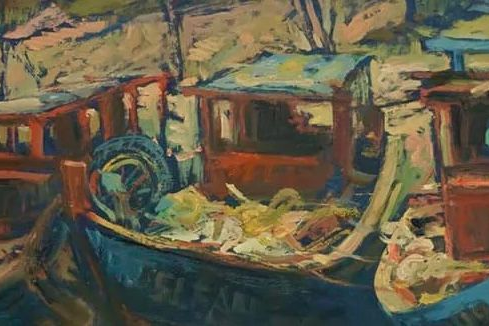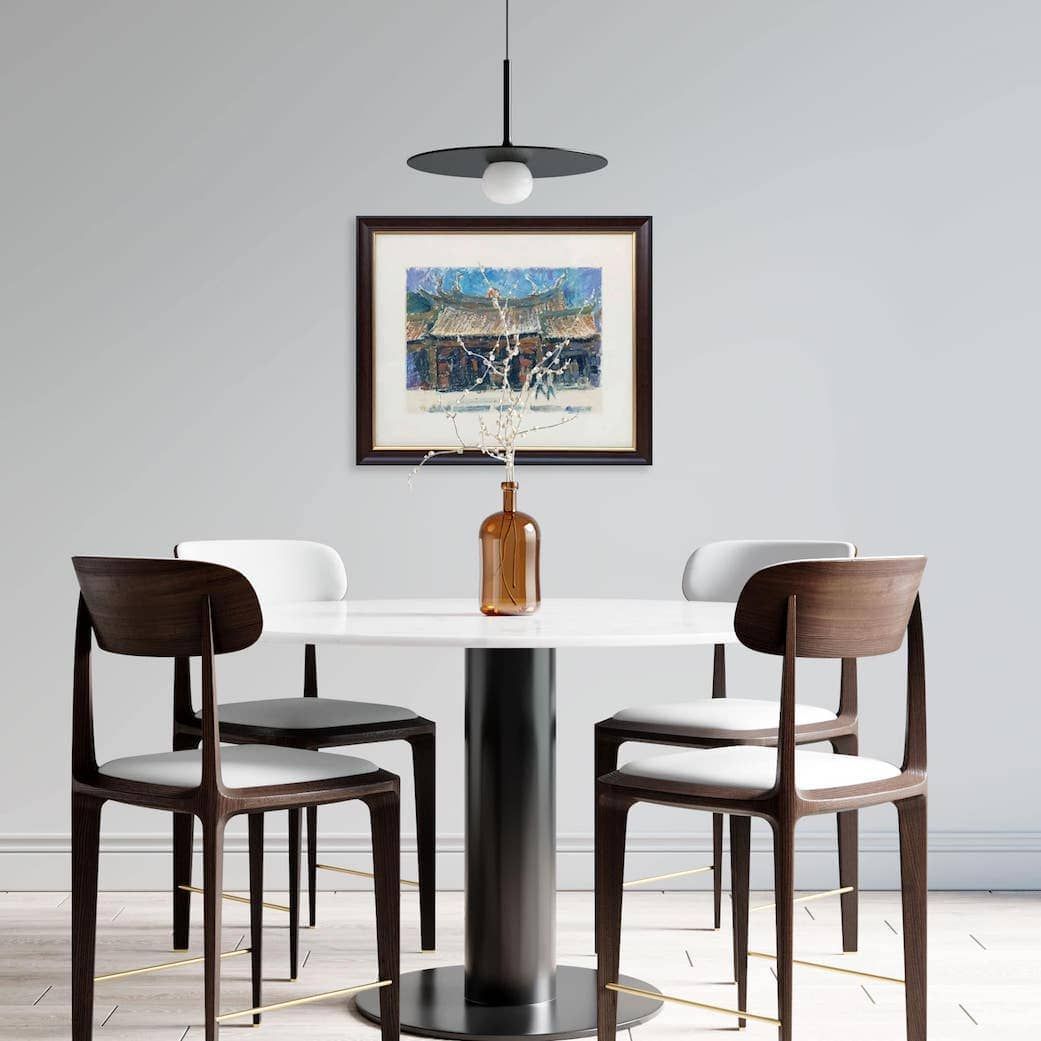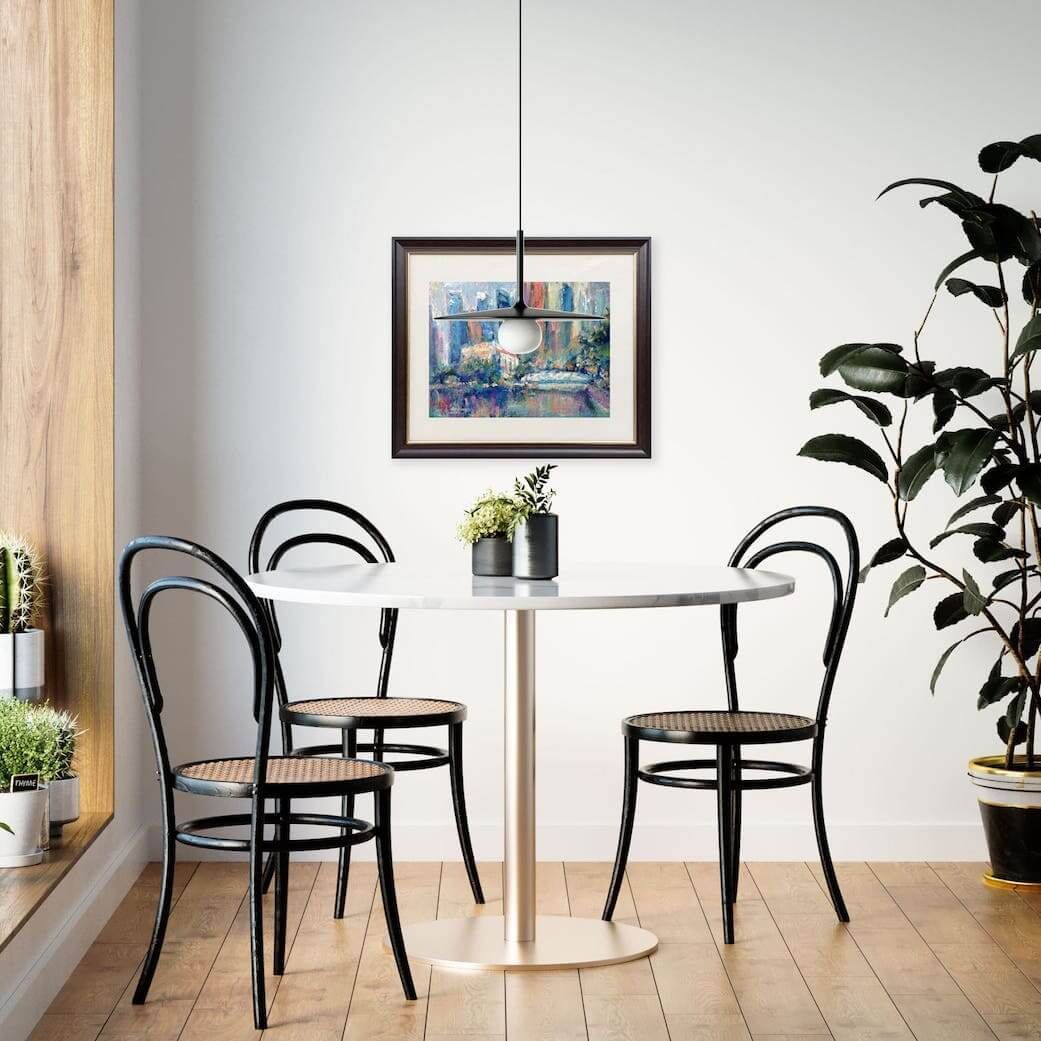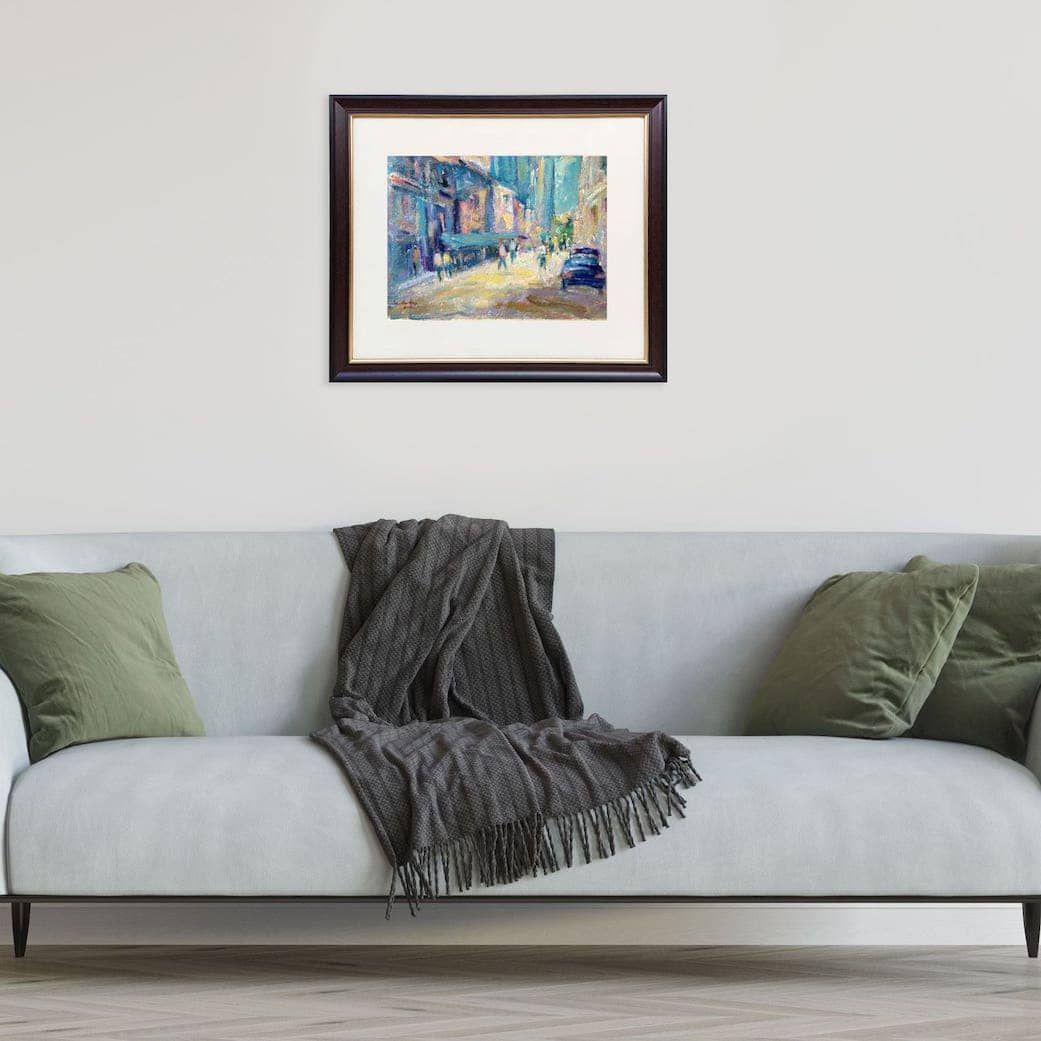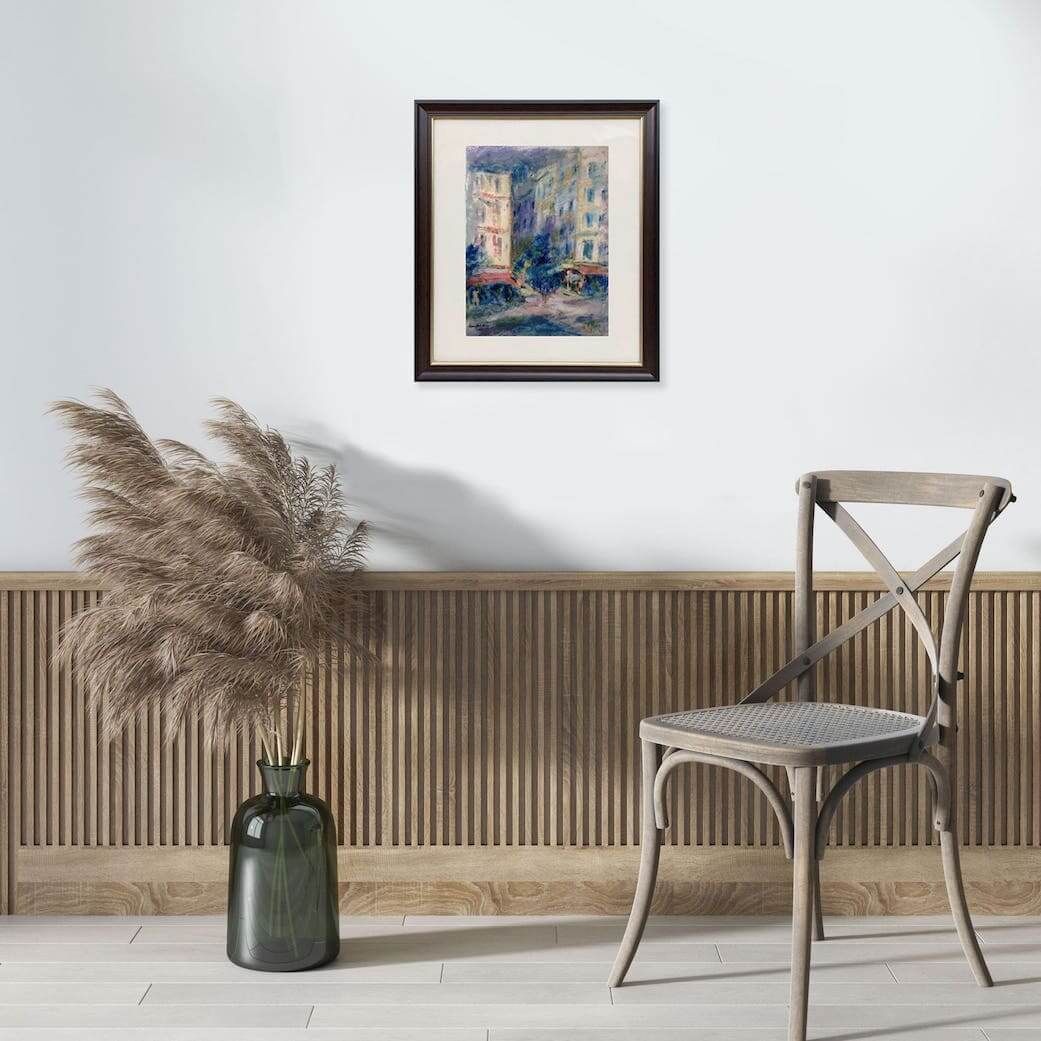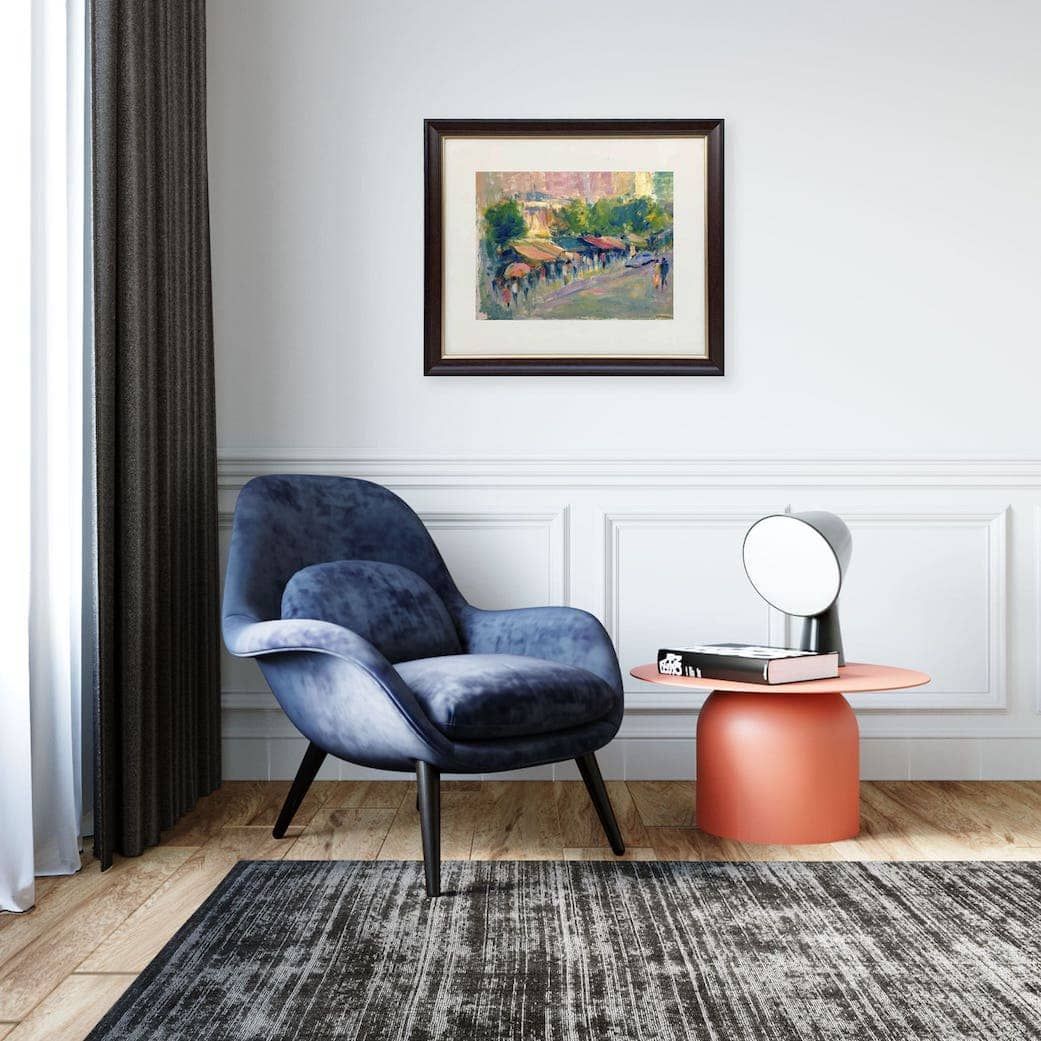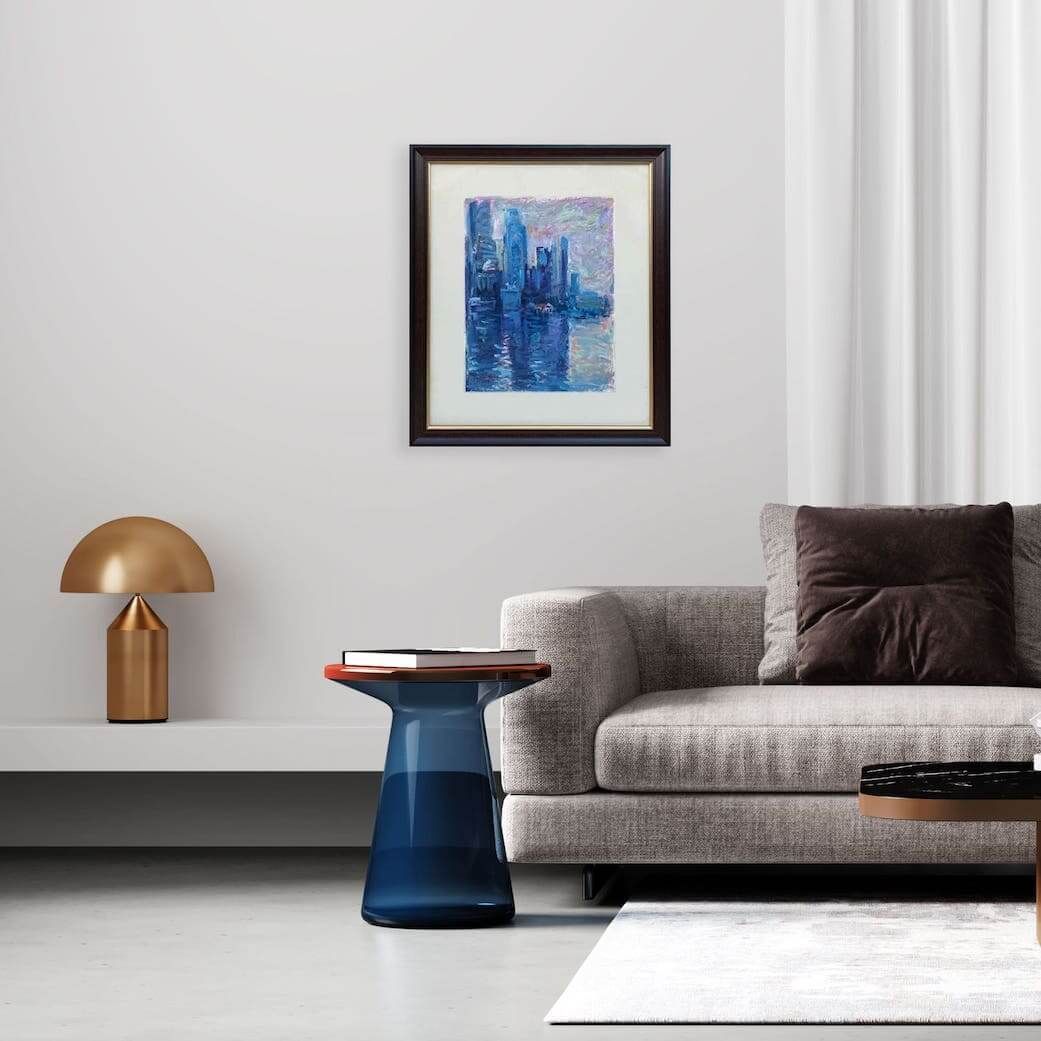What Is the Story? Appreciating Art Based on Different Subject Matters
What Is the Story? Appreciating Art Based on Different Subject Matters
Different subjects tap into different human experiences.
The subject an artist chooses can tell you a lot about their intent and offer another pathway to art appreciation. Here is how to appreciate art based on various themes:
People (Figure Painting)
From everyday individuals to mythological figures, paintings of people often explore human emotion, identity, and the human condition.
Appreciate the expressions, the body language, and the narrative hinted at by their actions or context.
Consider the context of the piece and what it reveals about the subject's character or story.
Still Life
An arrangement of inanimate objects – fruit, flowers, books, everyday items.
Still life art often serves as an opportunity for artists to explore light, shadow, texture, and composition, and sometimes carry symbolic meaning (e.g., wilting flowers for the fleeting nature of life).
Appreciate the artist's eye for detail, their mastery of light and shadow, choice of colours, and the quiet beauty in the mundane.
Reflect on the relationships between the objects and what they might symbolise.
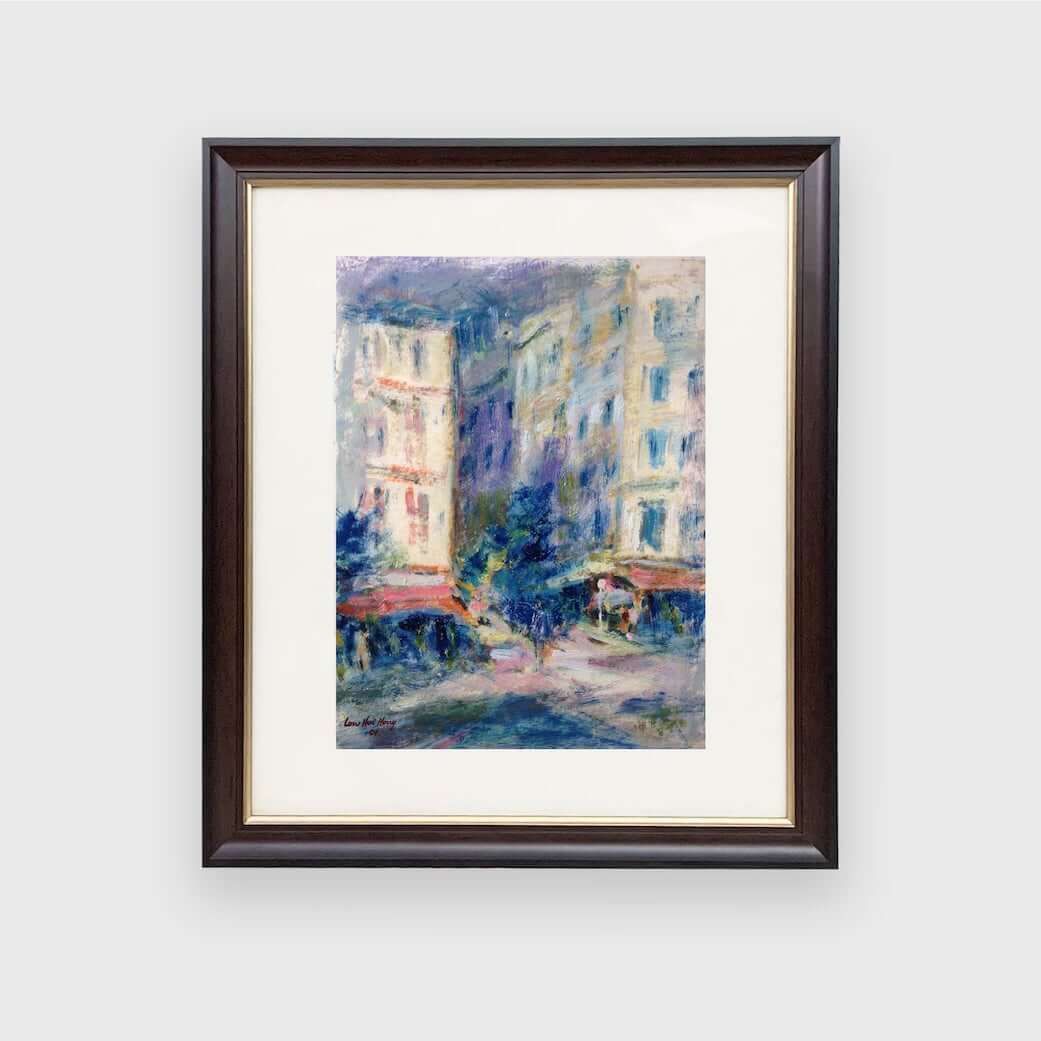
Portrait
A depiction of a specific person, a portrait aims to capture not just a likeness but often the subject's personality, status, or inner world.
Appreciate the artist's ability to convey character, the details that reveal personality, and the story the eyes might tell.
Landscape
Paintings of natural scenery – mountains, forests, seascapes, cityscapes.
Landscape art celebrates the beauty of nature, and taking in the colours and compositions can evoke a sense of place, a mood, or even spiritual connection.
Appreciate the atmosphere, the grandeur of nature, and how the artist interprets light and weather.
Reflect on the artist’s interpretation of the environment and how it resonates with your own experiences in nature.
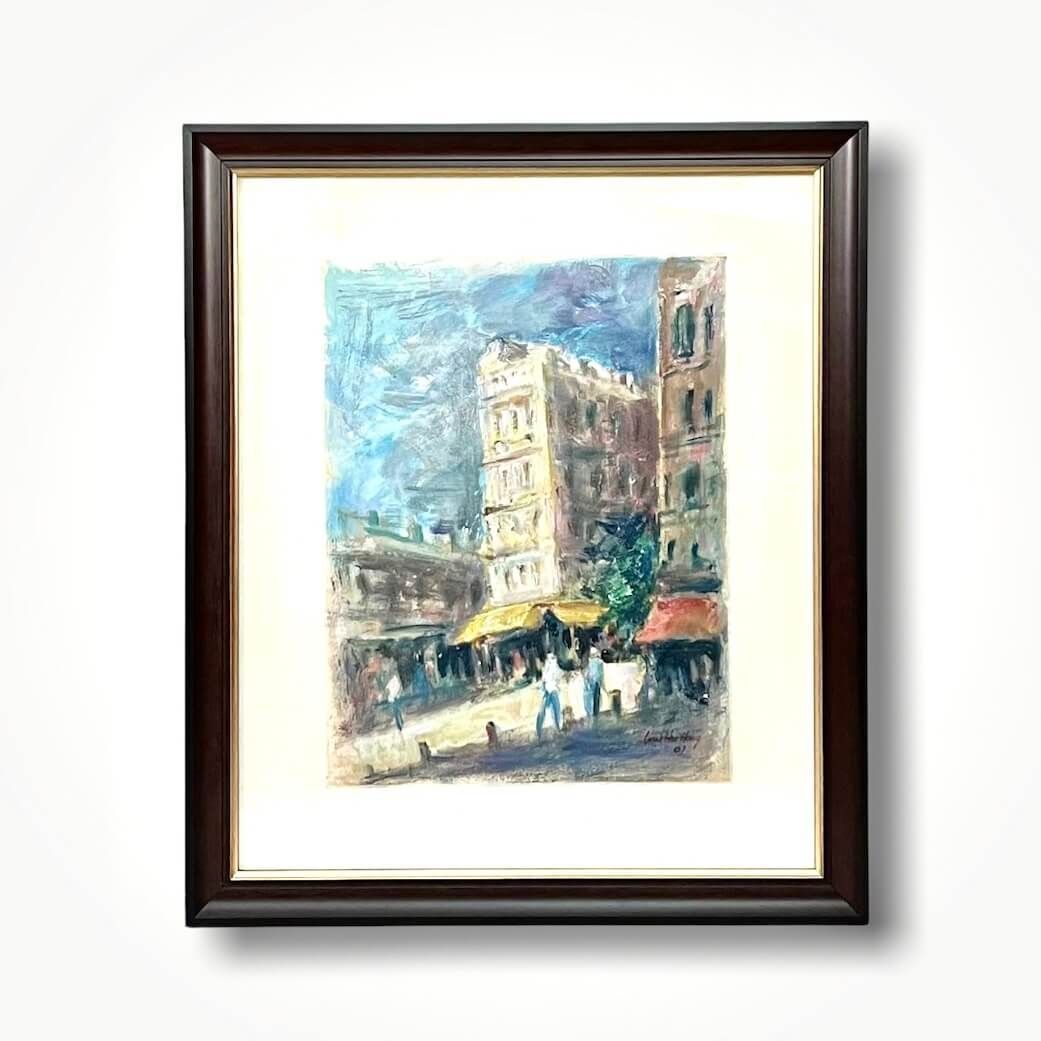
Abstract Art
As discussed, abstract art's "subject" is often the elements of art themselves – colour, line, shape, and form – or an idea or emotion.
Abstract subject matter allows for personal interpretation.
Here, you appreciate the non-representational qualities and the feeling it evokes.
Let go of preconceived notions and allow your emotions and thoughts to guide your understanding.
Historical and Cultural Events
Art depicting historical or cultural events can offer powerful commentary.
These paintings often depict significant moments from history, mythology, or religious texts. They can be grand, dramatic, and filled with symbolism.
Appreciate the narrative power, the attention to historical detail (or artistic license), and the way they reflect the values and beliefs of their time.
Consider the context and significance of the event. Reflect on how the artist conveys the emotions and narratives associated with the subject matter.
